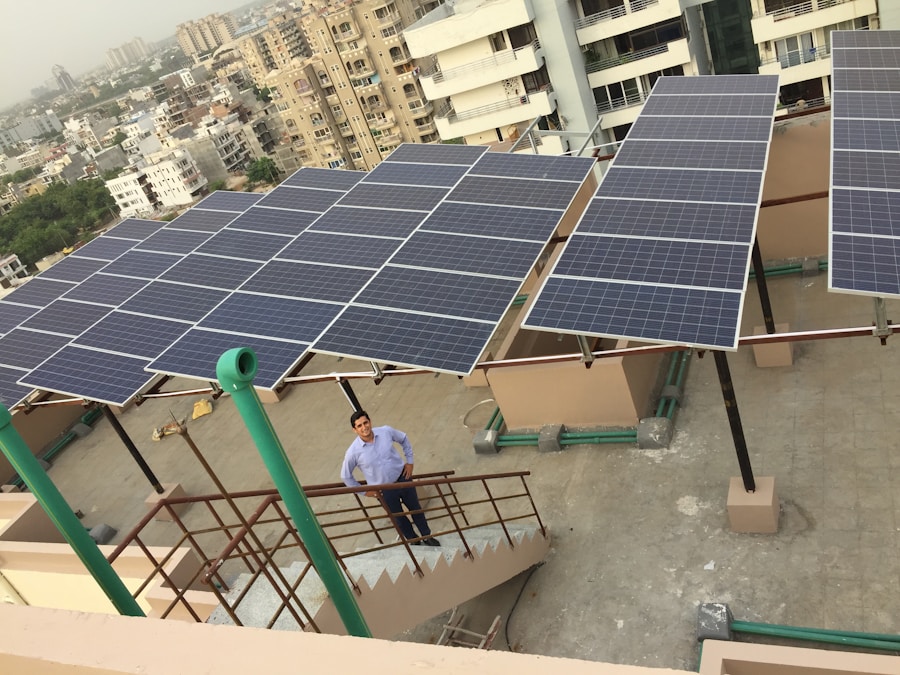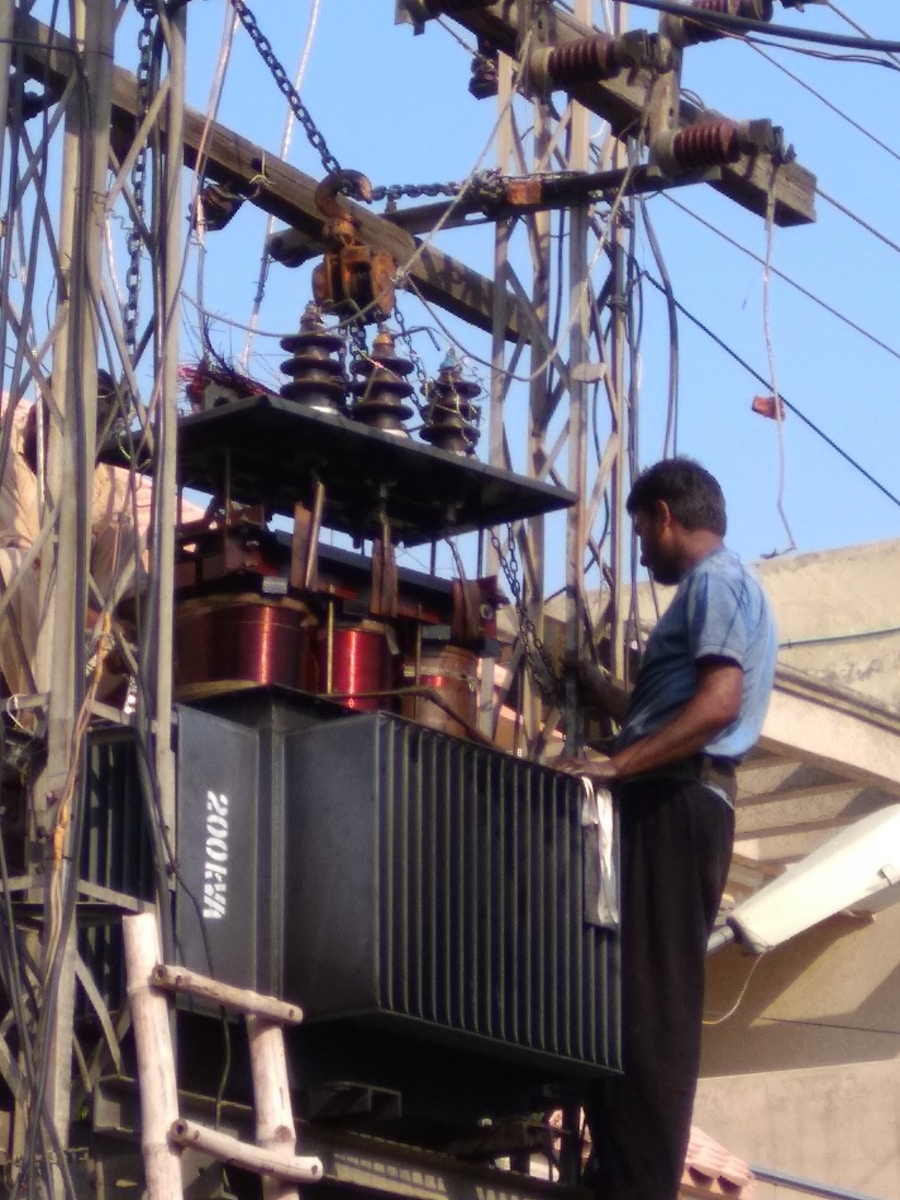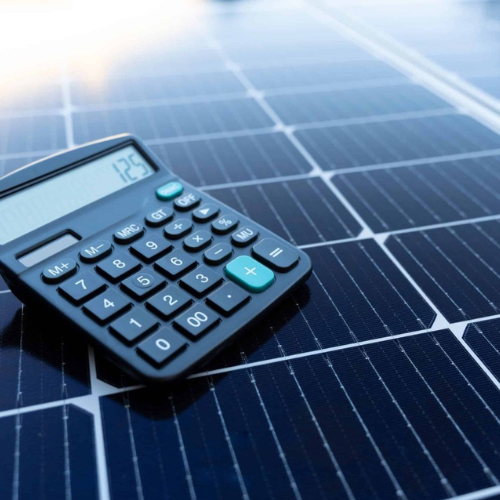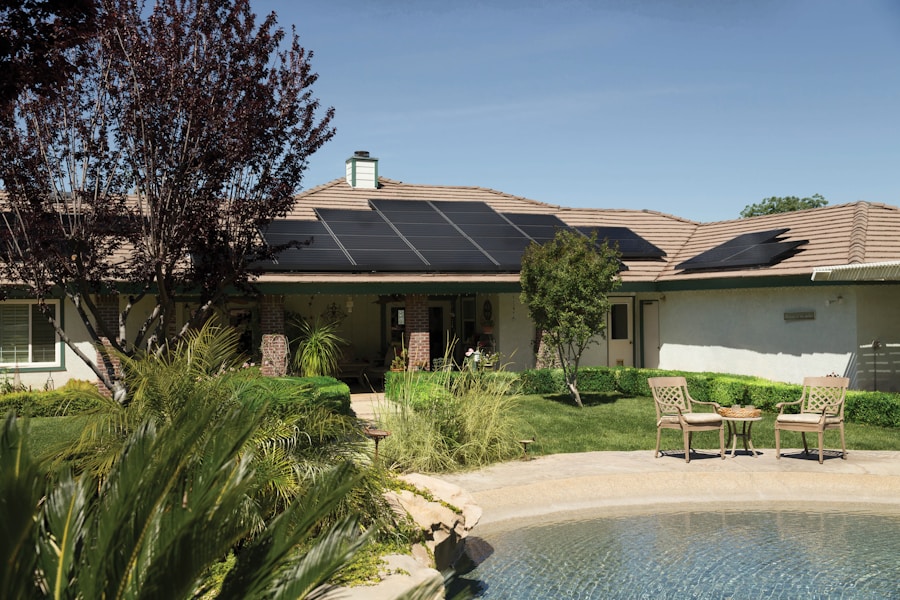Contents
- 1 Choosing the Right Inverter for Your Solar System
- 2 Inverter Placement and Mounting
- 3 Proper Wiring and Connection of Inverters
- 4 Inverter Maintenance and Troubleshooting
- 5 Maximizing Solar Power Output with Inverters
- 6 Integrating Battery Storage with Solar Inverters
- 7 Tips for Hiring a Professional for Inverter Installation
- 8 FAQs
When you delve into the world of solar energy, one of the first components you encounter is the solar inverter. This device plays a crucial role in converting the direct current (DC) generated by your solar panels into alternating current (AC), which is what your home appliances use. Without an inverter, the energy produced by your solar panels would be unusable for everyday tasks.
Understanding how solar inverters work is essential for anyone considering a solar energy system, as it directly impacts efficiency and performance. Solar inverters come in various types, each designed to meet different needs and preferences. The most common types include string inverters, microinverters, and power optimizers.
String inverters are typically used in residential systems where panels are installed in a uniform manner. Microinverters, on the other hand, are attached to each panel individually, allowing for greater flexibility and efficiency, especially in installations where shading may be an issue. Power optimizers work similarly to microinverters but are used in conjunction with a string inverter.
By understanding these options, you can make informed decisions about which inverter best suits your solar setup. Get your free solar assessment by visiting https://www.solarenergy4u.org/free-pro-advice/.
Key Takeaways
- Solar inverters convert DC power from solar panels into AC power for use in homes and businesses.
- When choosing the right inverter for your solar system, consider factors such as efficiency, power output, and warranty.
- Proper placement and mounting of inverters is crucial for optimal performance and longevity of the system.
- Ensure proper wiring and connection of inverters to prevent electrical hazards and maximize energy production.
- Regular maintenance and troubleshooting of inverters can help identify and address issues early, ensuring smooth operation.
Choosing the Right Inverter for Your Solar System
Choosing the Right Capacity
For instance, if you have a larger system or anticipate expanding it in the future, opting for a more robust inverter with higher capacity might be wise.
Efficiency Ratings Matter
Additionally, you should evaluate the efficiency ratings of different inverters. Higher efficiency means more of the energy generated by your solar panels is converted into usable electricity. Look for inverters with at least 95% efficiency to ensure you’re getting the most out of your investment.
Warranty and Lifespan Considerations
Furthermore, consider the warranty and lifespan of the inverter; a longer warranty often indicates a manufacturer’s confidence in their product’s durability and performance.
Inverter Placement and Mounting

The placement and mounting of your solar inverter are vital for optimal performance and longevity. Ideally, you want to install the inverter in a location that is cool, dry, and well-ventilated. Excessive heat can reduce the efficiency of the inverter and shorten its lifespan.
Therefore, placing it in a shaded area or inside a garage can be beneficial. However, ensure that it remains accessible for maintenance and monitoring purposes. When it comes to mounting, you have several options depending on your installation space.
Wall-mounted inverters are common for residential systems, while larger commercial systems may require floor-mounted solutions. Regardless of the mounting type, ensure that the inverter is securely fastened and that all connections are easily accessible for future maintenance or troubleshooting. Proper placement not only enhances performance but also contributes to the safety of your solar energy system.
Proper Wiring and Connection of Inverters
| Metrics | Value |
|---|---|
| Number of Inverter Installations | 500 |
| Properly Wired Inverters | 480 |
| Improperly Wired Inverters | 20 |
| Connection Failures | 5 |
| Successful Inverter Connections | 495 |
Wiring and connecting your solar inverter correctly is crucial for both safety and efficiency. The wiring must be appropriately sized to handle the current produced by your solar panels without overheating or causing voltage drops. It’s essential to follow local electrical codes and guidelines when performing these connections to ensure compliance and safety.
When connecting your inverter to the solar panels and the electrical grid, pay close attention to polarity. Incorrect connections can lead to system failures or damage to your equipment. If you’re unsure about any aspect of wiring or connection, it’s advisable to consult with a professional electrician or solar installer who can ensure everything is set up correctly.
Proper wiring not only maximizes efficiency but also minimizes potential hazards associated with electrical systems.
Inverter Maintenance and Troubleshooting
Maintaining your solar inverter is essential for ensuring its longevity and optimal performance. Regular inspections can help you identify any issues before they escalate into significant problems. Start by checking for any visible signs of wear or damage, such as frayed wires or corrosion on terminals.
Additionally, keep an eye on the inverter’s display panel for any error codes or warning lights that may indicate a malfunction. If you encounter issues with your inverter, troubleshooting can often resolve minor problems without needing professional assistance. Begin by resetting the inverter according to the manufacturer’s instructions; this can sometimes clear temporary faults.
If problems persist, consult the user manual for specific troubleshooting steps related to your model. However, if you’re unable to resolve the issue on your own, don’t hesitate to reach out to a qualified technician who can diagnose and repair more complex problems.
Maximizing Solar Power Output with Inverters

Keep Your Solar Panels Clean
Ensuring that your solar panels are clean and free from debris is crucial to maximize energy production. Regular cleaning can significantly enhance energy output, especially during seasons when dust or pollen accumulation is common.
Monitor Your System’s Performance
Regular monitoring of your system’s performance is vital to identify any issues that may affect energy production. Many modern inverters come equipped with monitoring capabilities that allow you to track energy production in real-time. By keeping an eye on these metrics, you can identify any dips in performance that may indicate issues with either the panels or the inverter itself.
Optimize Energy Usage with Smart Technology
Investing in smart technology can further enhance your system’s efficiency. This technology optimizes energy usage based on real-time data, ensuring that you get the most out of your solar power system.
Integrating Battery Storage with Solar Inverters
Integrating battery storage with your solar inverter can provide significant benefits, particularly when it comes to energy independence and reliability. By storing excess energy generated during sunny days, you can use this power during nighttime or cloudy days when solar production is low. This not only maximizes your energy usage but also reduces reliance on grid electricity.
When selecting a battery storage system, ensure compatibility with your inverter. Some inverters are designed specifically for use with battery systems, while others may require additional components for integration. It’s essential to consult with a professional installer who can guide you through the process and help you choose a battery solution that meets your energy needs while working seamlessly with your existing solar setup.
Tips for Hiring a Professional for Inverter Installation
Hiring a professional for inverter installation is often a wise decision, especially if you’re not experienced with electrical systems. When searching for an installer, look for certified professionals who have experience specifically with solar energy systems. Check their credentials and ask for references from previous clients to gauge their reliability and quality of work.
Additionally, obtain multiple quotes from different installers to compare pricing and services offered. A reputable installer will provide a detailed breakdown of costs and explain their installation process clearly. Don’t hesitate to ask questions about warranties, maintenance services, and post-installation support; understanding these aspects will help you make an informed decision and ensure that your solar energy system operates efficiently for years to come.
In conclusion, understanding solar inverters is fundamental to harnessing the full potential of solar energy systems. By choosing the right inverter, ensuring proper placement and wiring, maintaining it diligently, and considering battery integration, you can significantly enhance your solar power output while enjoying the benefits of renewable energy in your home. Whether you’re embarking on a new installation or looking to optimize an existing system, taking these steps will lead you toward a more sustainable future powered by clean energy.
If you are considering installing a solar inverter to harness the power of solar energy, it is important to understand the impact of renewable energy on our planet. According to a recent article on solarenergy4u.org, solar energy is a clean and sustainable source of power that can help reduce our reliance on fossil fuels. By choosing the right solar panel types, as discussed in another article on the same website, you can maximize the efficiency of your solar inverter installation. This shift towards renewable energy is crucial in the fight against climate change, as highlighted in the comparison between renewable energy and fossil fuels on solarenergy4u.org.
FAQs
What is a solar inverter?
A solar inverter is a device that converts the direct current (DC) electricity generated by solar panels into alternating current (AC) electricity that can be used to power homes and businesses.
Why is a solar inverter important?
A solar inverter is important because it allows the electricity generated by solar panels to be used to power electrical devices and appliances in homes and businesses.
How is a solar inverter installed?
Solar inverters are typically installed by professional solar installers who have the knowledge and expertise to safely and effectively connect the inverter to the solar panels and the electrical system of the building.
What are the different types of solar inverters?
There are several types of solar inverters, including string inverters, microinverters, and power optimizers. Each type has its own advantages and is suitable for different types of solar panel installations.
What are the factors to consider when installing a solar inverter?
When installing a solar inverter, it is important to consider factors such as the size and capacity of the inverter, the location and orientation of the solar panels, and the electrical requirements of the building.
What are the safety considerations for solar inverter installation?
Safety is a critical consideration when installing a solar inverter. It is important to follow all safety guidelines and regulations, and to ensure that the installation is carried out by qualified and experienced professionals.







